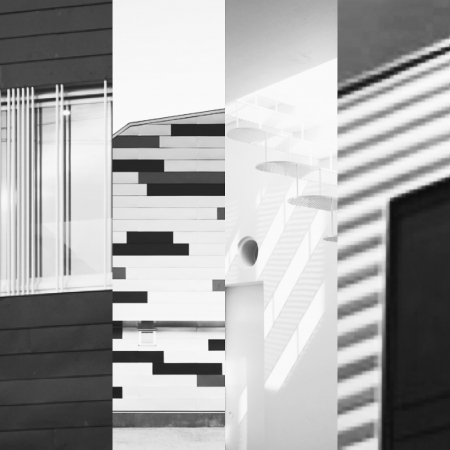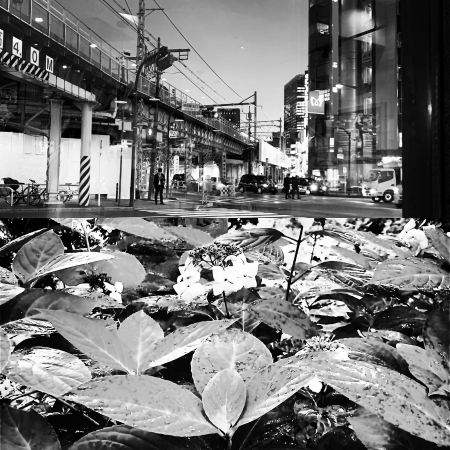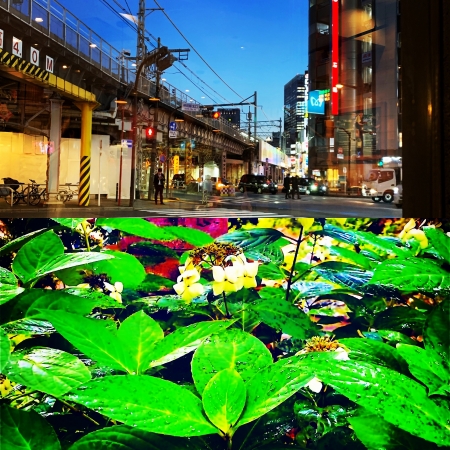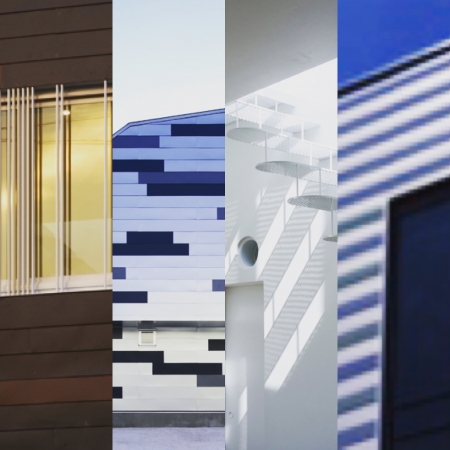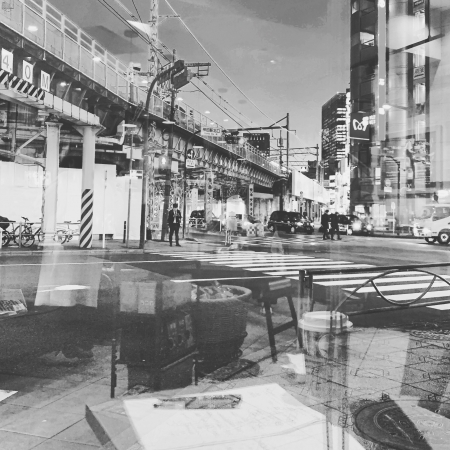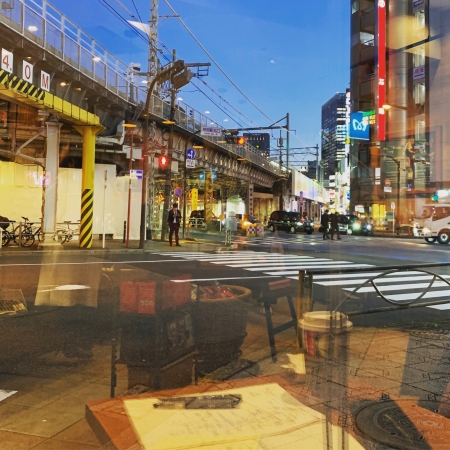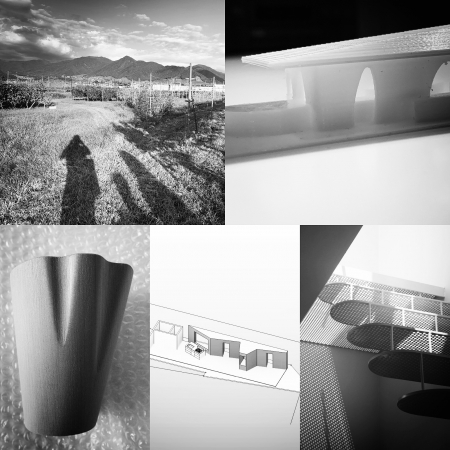輪郭が動く
輪郭がはっきりとしないものは存在するのだろうかと考えみた。どんなにゆらゆらとするものでも輪郭は動くがはっきりとしている。
ゆらゆらと像が映り込む様子は輪郭ははっきりとしつつもうつろう。うつろうとゆらゆらは違うかもしれないが輪郭は動く。輪郭がはっきりとしない様を輪郭が動くと読み替えてみたらどうなるかを考えてみることにした。
"The outline moves"
I wondered if there was something whose outline was not clear. No matter how swaying it is, the contours move but are clear.
The appearance of the image reflected swayingly will be clear while the outline is clear. Depression and swaying may be different, but the contours move. I decided to think about what would happen if I read that the outline is not clear when the outline moves.

